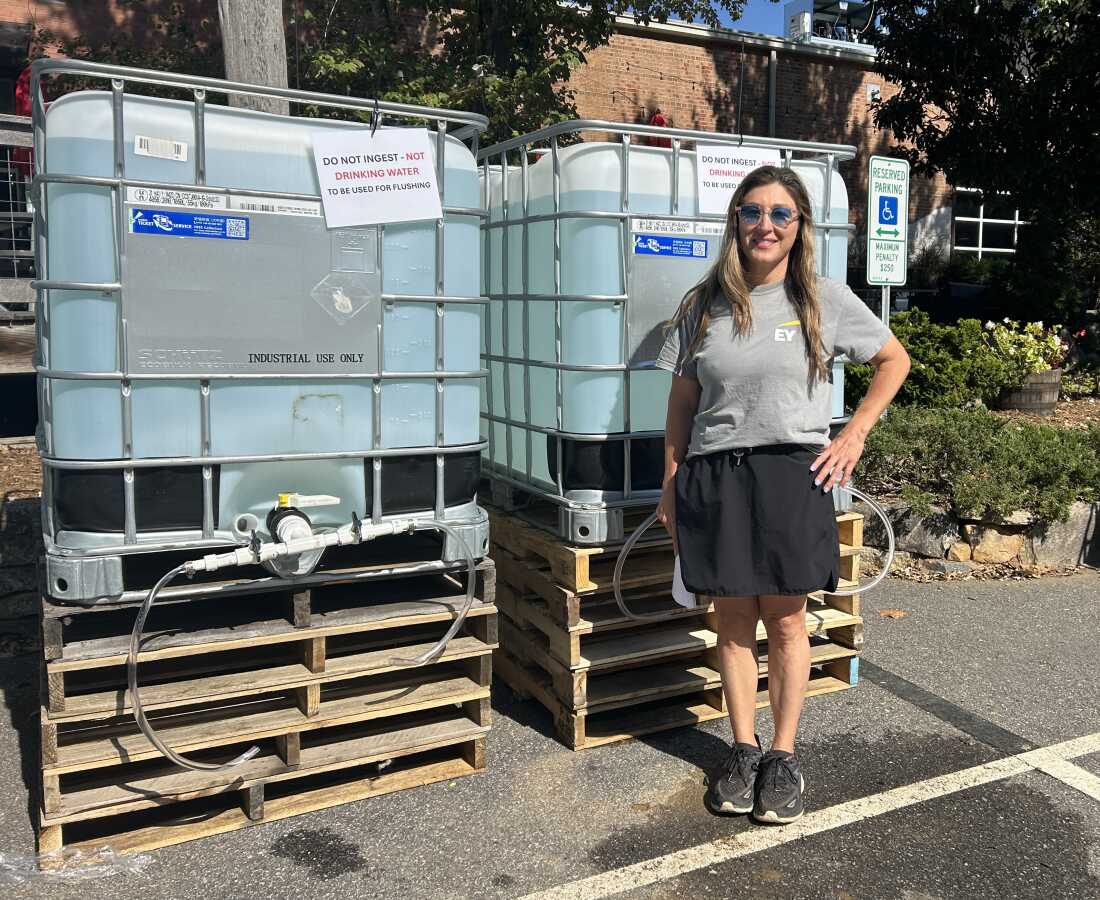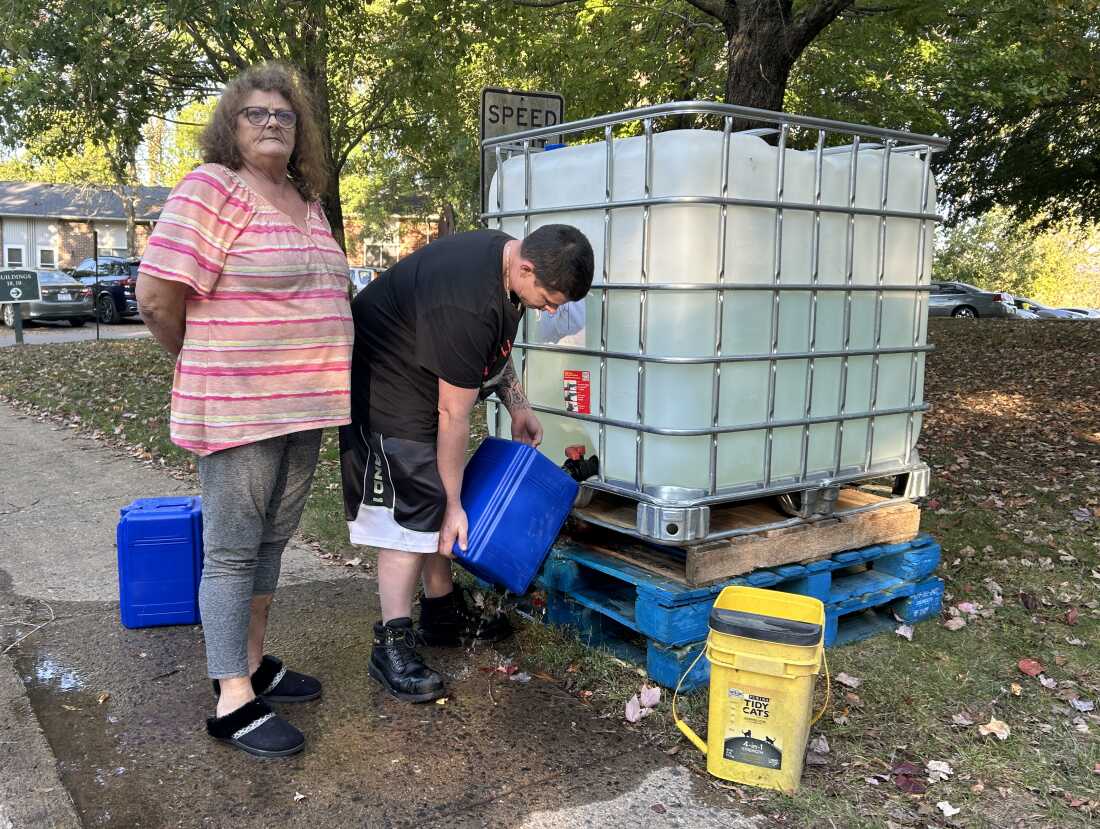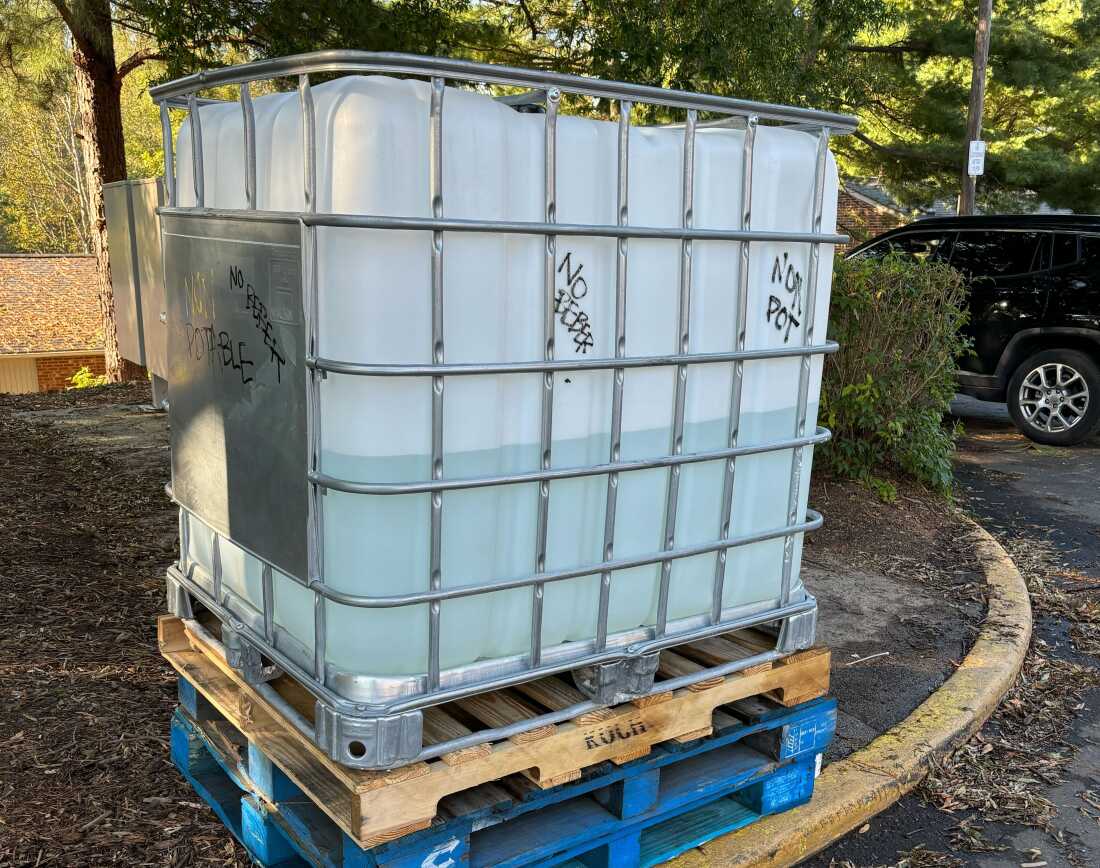US refiners are braced for a surge in Venezuelan crude that would make them early winners of President Donald Trump’s extraordinary plans for an energy-led regime change in Caracas.
Shares in America’s top refining groups jumped on Monday as traders bet their US Gulf Coast operations could snap up big volumes of Venezuelan heavy crude as Washington looks to ease sanctions and revive production.
Valero, the biggest US importer of Venezuelan crude, closed 9 per cent higher. Phillips 66 added 7 per cent and Marathon Petroleum 6 per cent.
“Our refineries in the Gulf Coast of the United States are the best in terms of refining the heavy crude,” said US secretary of state Marco Rubio on Sunday. “I think there will be tremendous demand and interest from private industry if given the space to do it.”
Trump this weekend touted the “tremendous amount of wealth” that could be generated by American oil companies returning to Venezuela’s oil sector after US forces captured President Nicolás Maduro and transported him to the US to face trial on drug-trafficking charges.
That has sparked a burst of interest among energy investors keen to return to Venezuela — home to the biggest oil reserves in the world — decades after expropriations by Caracas led most to abandon the country.
A flurry of executives was expected to arrive in Miami on Tuesday, where US energy secretary Chris Wright will pitch the benefits of channelling billions of dollars into reviving Venezuelan oil output, which has fallen from 3.7mn barrels a day in 1970 to less than 1mn b/d today as a result of chronic mismanagement, corruption and sanctions.
While any investment by US companies in rejuvenating Venezuelan oil production could take time, Gulf Coast refiners are well positioned to hoover up crude shipments as soon as sanctions are eased and more import permits are granted, something analysts say could happen quickly.
“Near-term, Gulf Coast refiners could be among the biggest winners of shifts that could occur here,” said Dylan White, principal analyst for North American crude markets at consultancy Wood Mackenzie.
“The investment side of the coin in Venezuela is much more slow moving. It’s turning a very slow ship and it involves high-level decisions from a number of companies,” he said. “[But] sanctions policy changing in the US could change the economic benefits for US Gulf Coast refiners tomorrow.”
American refiners and traders import about 100,000-200,000 b/d of Venezuelan crude, down from 1.4mn b/d in 1997. Under current US sanctions, Chevron is the only American producer allowed to operate in the country and imports of Venezuelan crude are heavily restricted.
As much as 80 per cent of Venezuelan exports had been bound for China before the US imposed a naval embargo last month. Much of that could be quickly rerouted to the US if sanctions were lifted.
“The natural proximal home for a lot of those Venezuelan heavy barrels would be the refining complex of the US Gulf Coast,” said Clayton Seigle, senior fellow at the Center for Strategic and International Studies, adding that the fact that the facilities were equipped to process Venezuelan heavy oil could explain “some of the short-term stock market reactions that we observed”.
Valero, Philips 66 and Marathon did not respond to requests for comment on their plans.
US refineries were largely set up before the shale revolution made America the world’s biggest oil producer. Almost 70 per cent of US refining capacity is designed primarily to handle the heavy grades common in Venezuela, Canada and Mexico rather than the light, sweet variety found in Texas oilfields, according to the American Fuel and Petrochemical Manufacturers.
Consultancy S&P Global Energy estimates that from 1990 to 2010, US refiners spent about $100bn on heavy crude processing capabilities, just before the fracking boom sent American production soaring.
“This finally gets some of the [return on investment] back,” said Debnil Chowdhury, Americas head of refining and marketing at S&P, of the potential for a return to significant imports of Venezuelan heavy oil.
“We had a system that was kind of running de-optimised for the last 10-15 years. And this allows it to get a little bit closer to what it was designed for — which means slightly higher yields, higher margins.
“You get to basically use your asset more how it was designed because you’re getting the feedstock it was designed for.”
Data visualisation by Eva Xiao in New York
















































